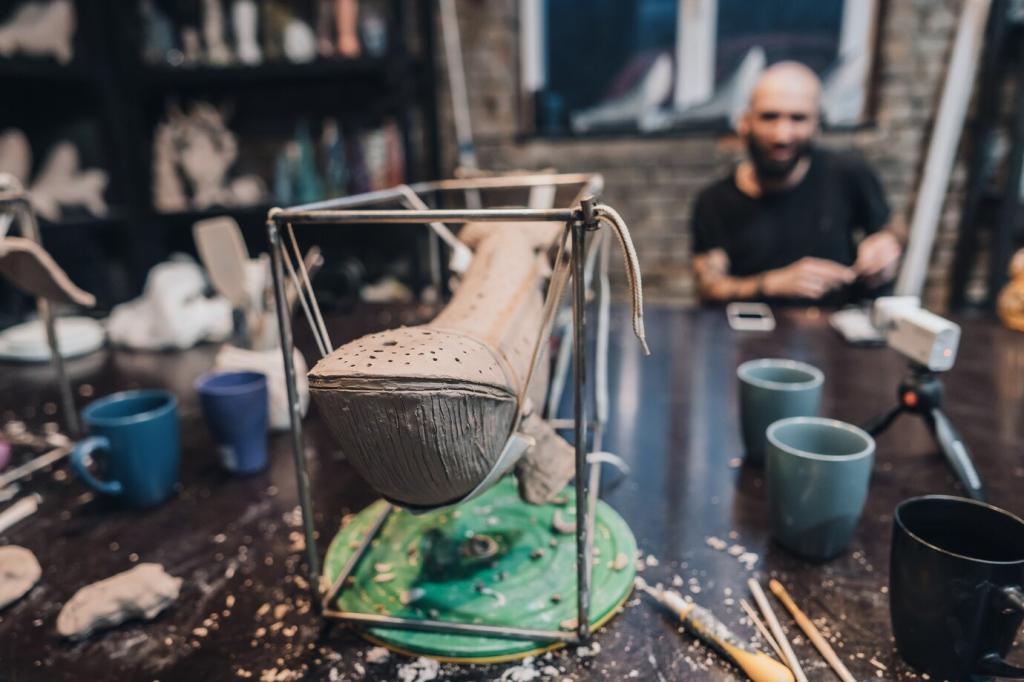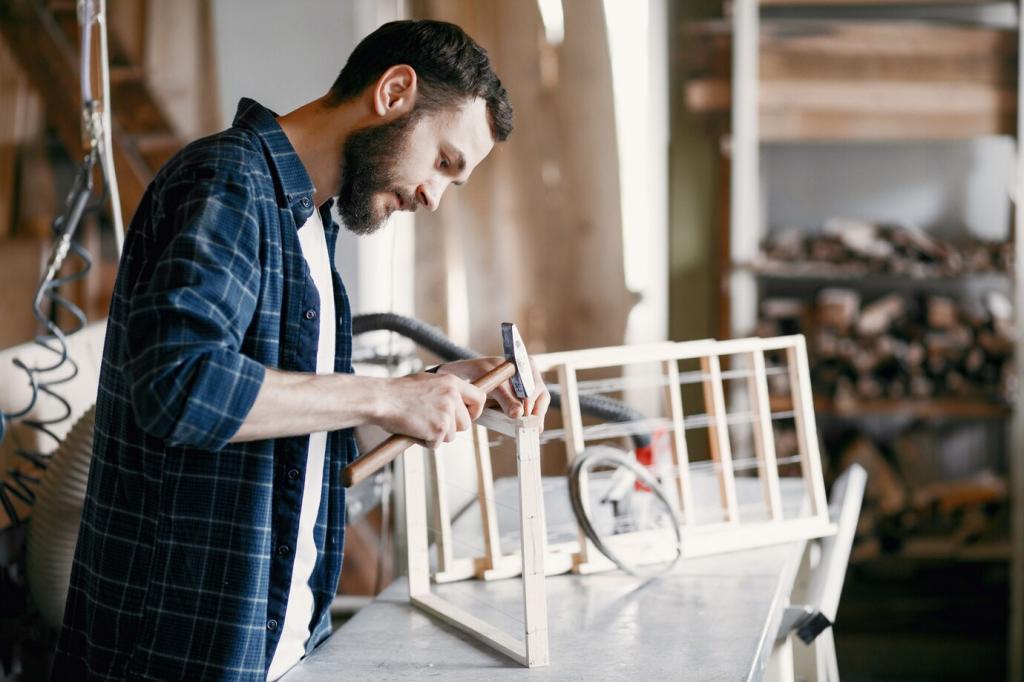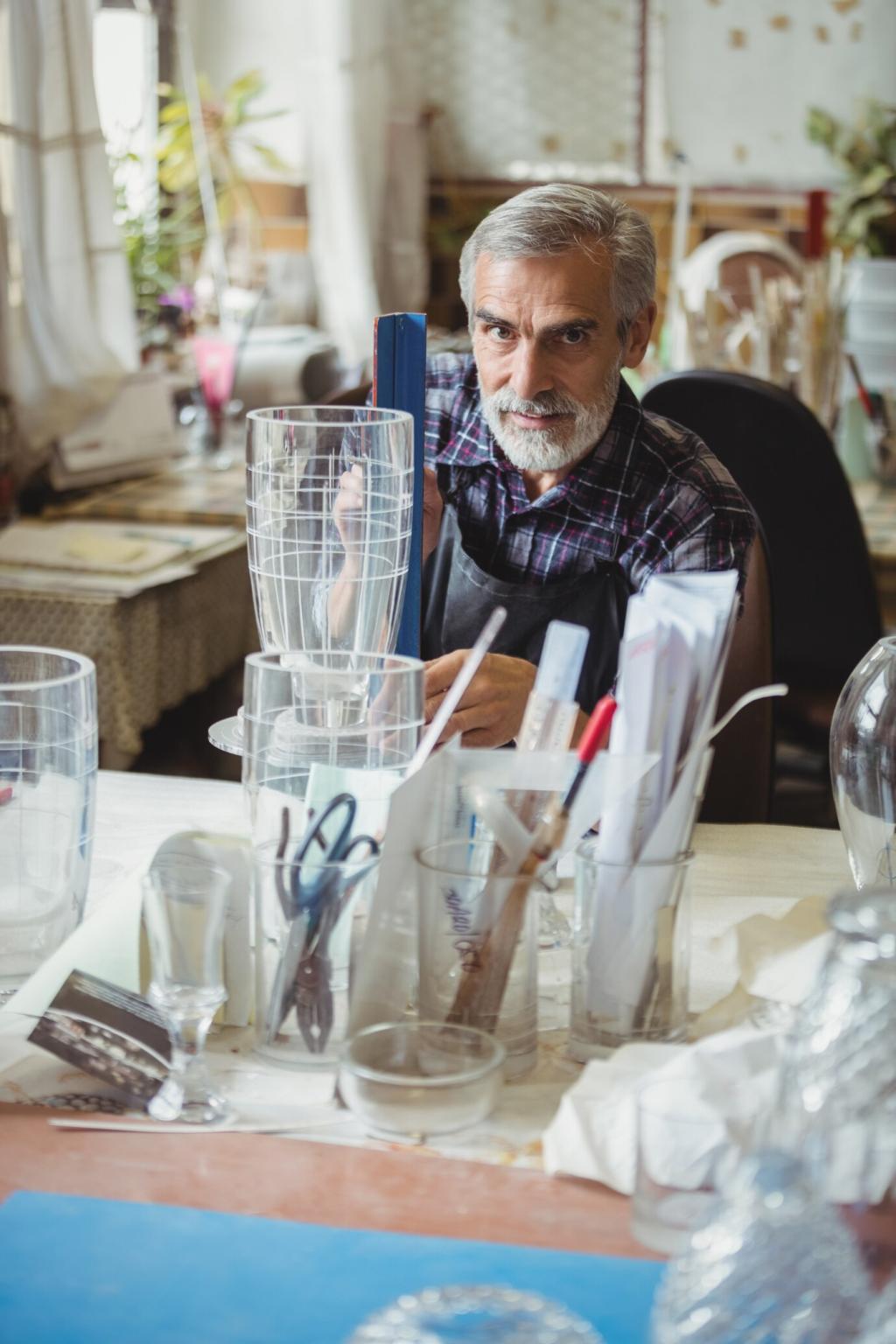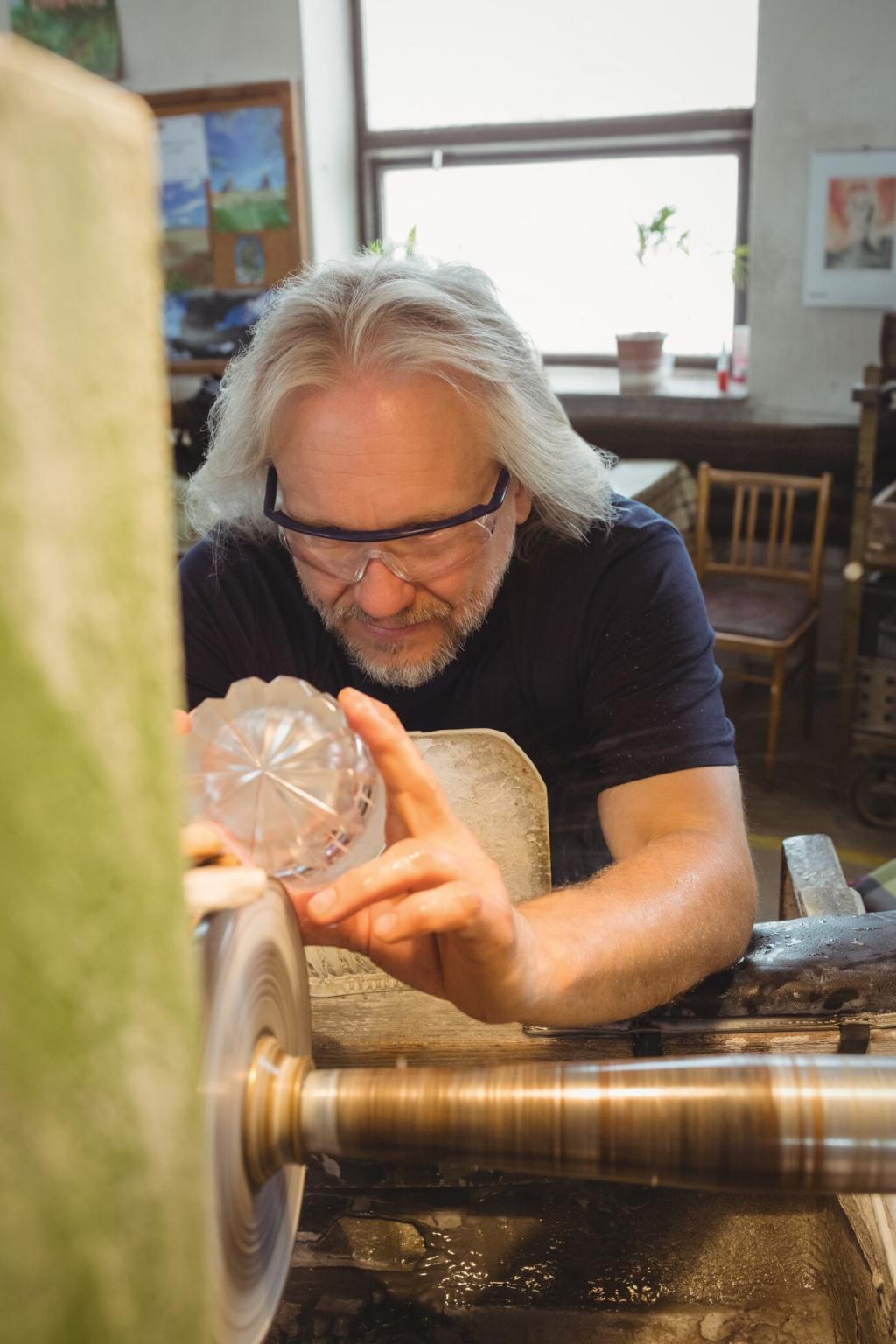Historic Finishes: Shellac, Wax, and French Polish
Shellac dissolves in alcohol, allowing sensitive repairs without sanding away history. Color ranges from blonde to garnet. Have you blended a small patch successfully? Share your approach, and subscribe for a careful, reversible touch-up tutorial.
Historic Finishes: Shellac, Wax, and French Polish
This layered shellac technique builds a deep, hand-rubbed gloss using a rubber charged with alcohol and oil. It rewards patience. Tell us about your trials, triumphs, or hesitations, and follow along for methods that respect antique substrates.




